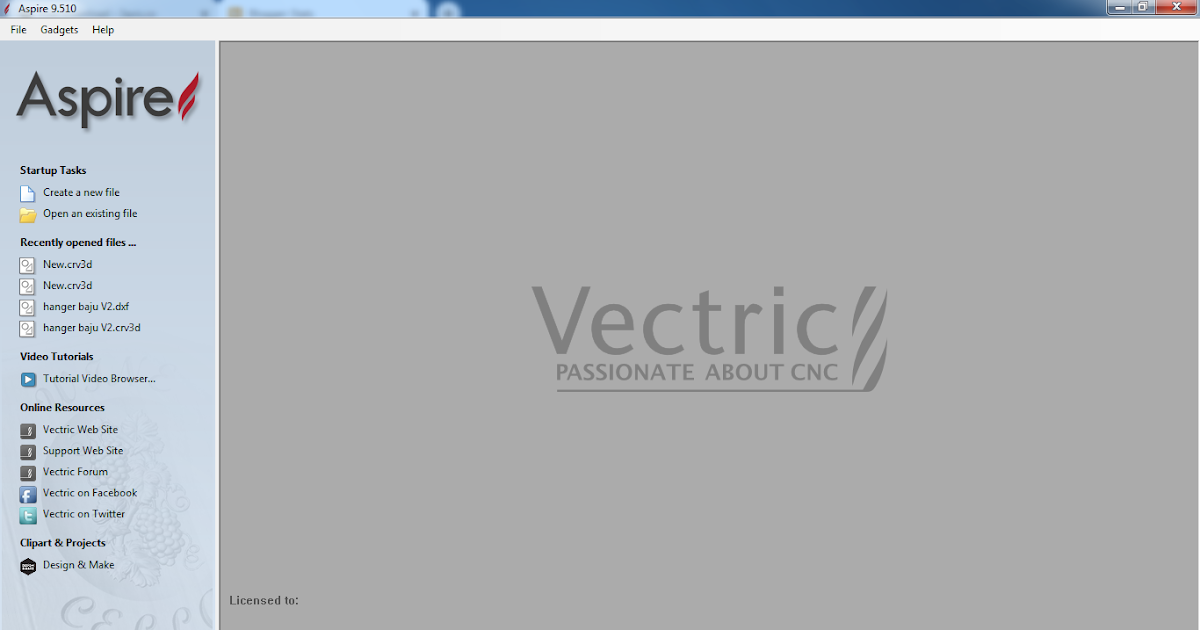
Most of these studies are based on sequencing of the 16S rRNA gene, which has several highly conserved regions interleaved with variable regions. With the advent of next-generation sequencing technologies, molecular identification has replaced traditional culturing, allowing a window into the diversity of microbial communities. The approach is not restricted to combining amplicons of the 16S rRNA gene and may be applied to any set of amplicons, e.g., in multilocus sequence typing (MLST).īacteria are the most diverse domain on our planet, playing a crucial role in numerous ecosystems as well as an inseparable role in human health and disease. SMURF also paves the way to high-resolution profiling of low-biomass and fragmented DNA, e.g., in the case of formalin-fixed and paraffin-embedded samples, fossil-derived DNA, or DNA exposed to other degrading conditions. It may be applied to standard sample preparation protocols with very little modifications. SMURF enables the identification of near full-length 16S rRNA gene sequences in microbial communities, having resolution superior compared to current techniques. Finally, the profiling of a Drosophila melanogaster microbiome using the set of six primer pairs provided a ~ 100-fold increase in resolution and thus enabling efficient downstream analysis. Using a custom set of six primer pairs spanning about 1200 bp (80%) of the 16S rRNA gene, we were able to achieve ~ 100-fold improvement in resolution compared to a single region, over a mock mixture of common human gut bacterial isolates. Reanalyzing a mock mixture from the Human Microbiome Project achieved about twofold improvement in resolution when combing two independent regions. We demonstrate the increase in resolution by in silico simulations and by profiling two mock mixtures and real-world biological samples. Computationally, the method solves a convex optimization problem that allows extremely fast reconstruction and requires only moderate memory. The de facto amplicon length is the total length of all amplified regions, thus providing much higher resolution compared to current techniques.

This manuscript suggests Short MUltiple Regions Framework (SMURF), a method to combine sequencing results from different PCR-amplified regions to provide one coherent profiling. There is a need for a simple and low-cost 16S rRNA gene-based profiling approach that harnesses the short read length to provide a much larger coverage of the gene to allow for high resolution, even in harsh conditions of low bacterial biomass and fragmented DNA.

Platforms that offer ultra-long read lengths, whole genome shotgun sequencing approaches, and computational frameworks formerly suggested by us and by others all allow different ways to circumvent this problem yet suffer various shortcomings. Thus, many bacteria may share the same amplified region, and the resolution of profiling is inherently limited. The use of next-generation sequencing methods has increased sample number and sequencing depth, but the read length of the most widely used sequencing platforms today is quite short, requiring the researcher to choose a subset of the gene to sequence (typically 16–33% of the total length). Most of our knowledge about the remarkable microbial diversity on Earth comes from sequencing the 16S rRNA gene.


 0 kommentar(er)
0 kommentar(er)
